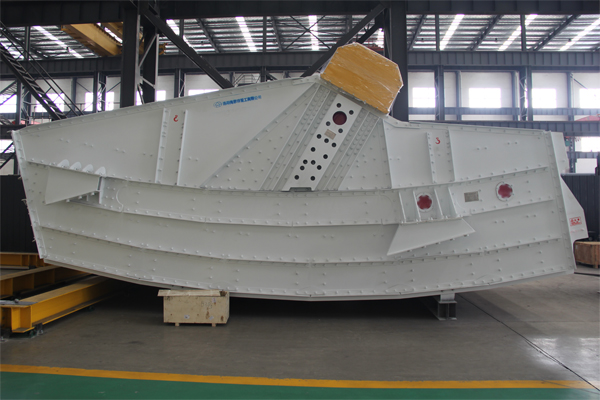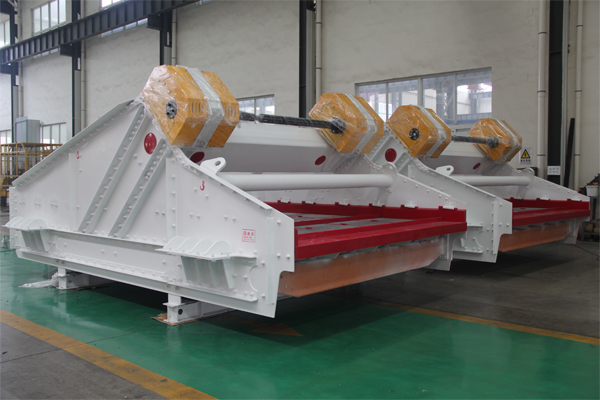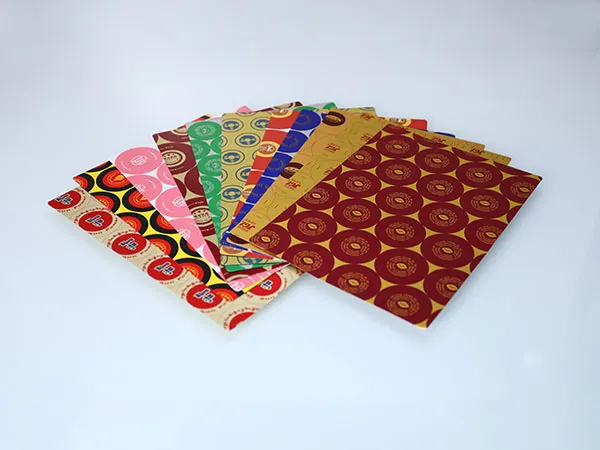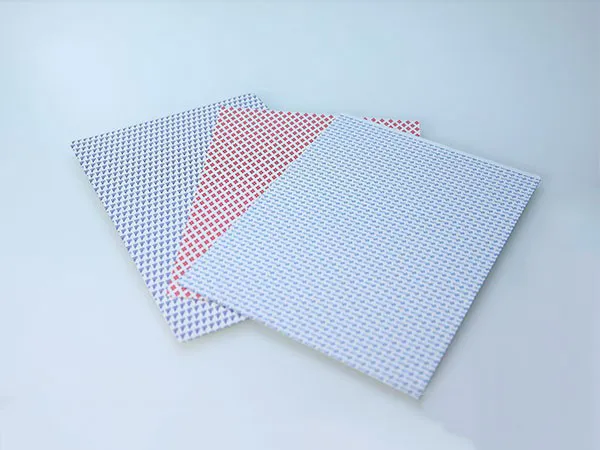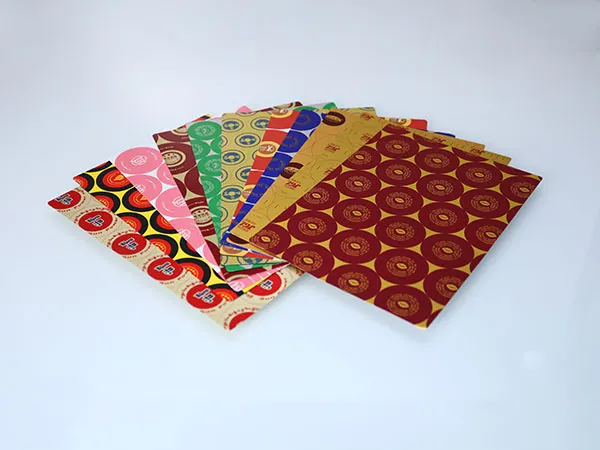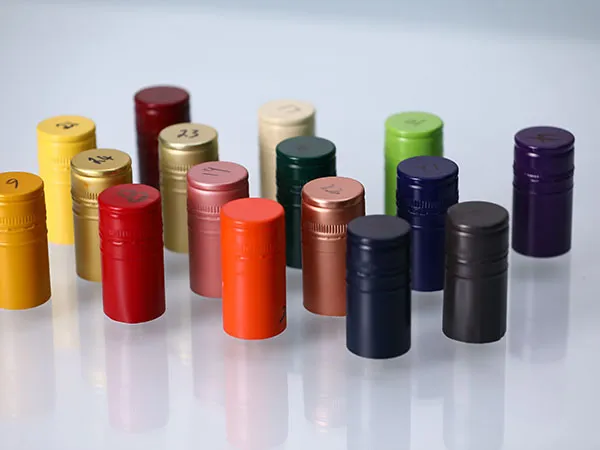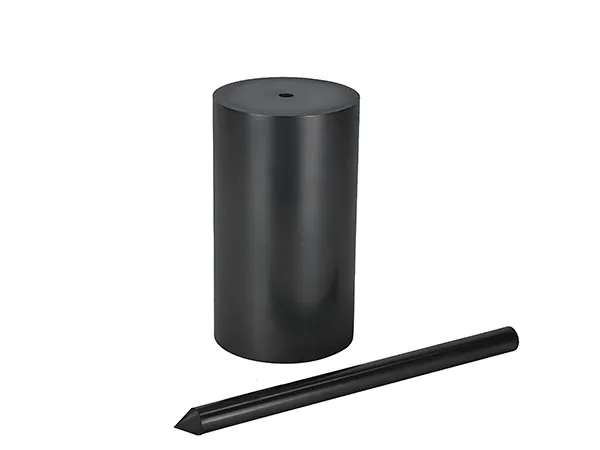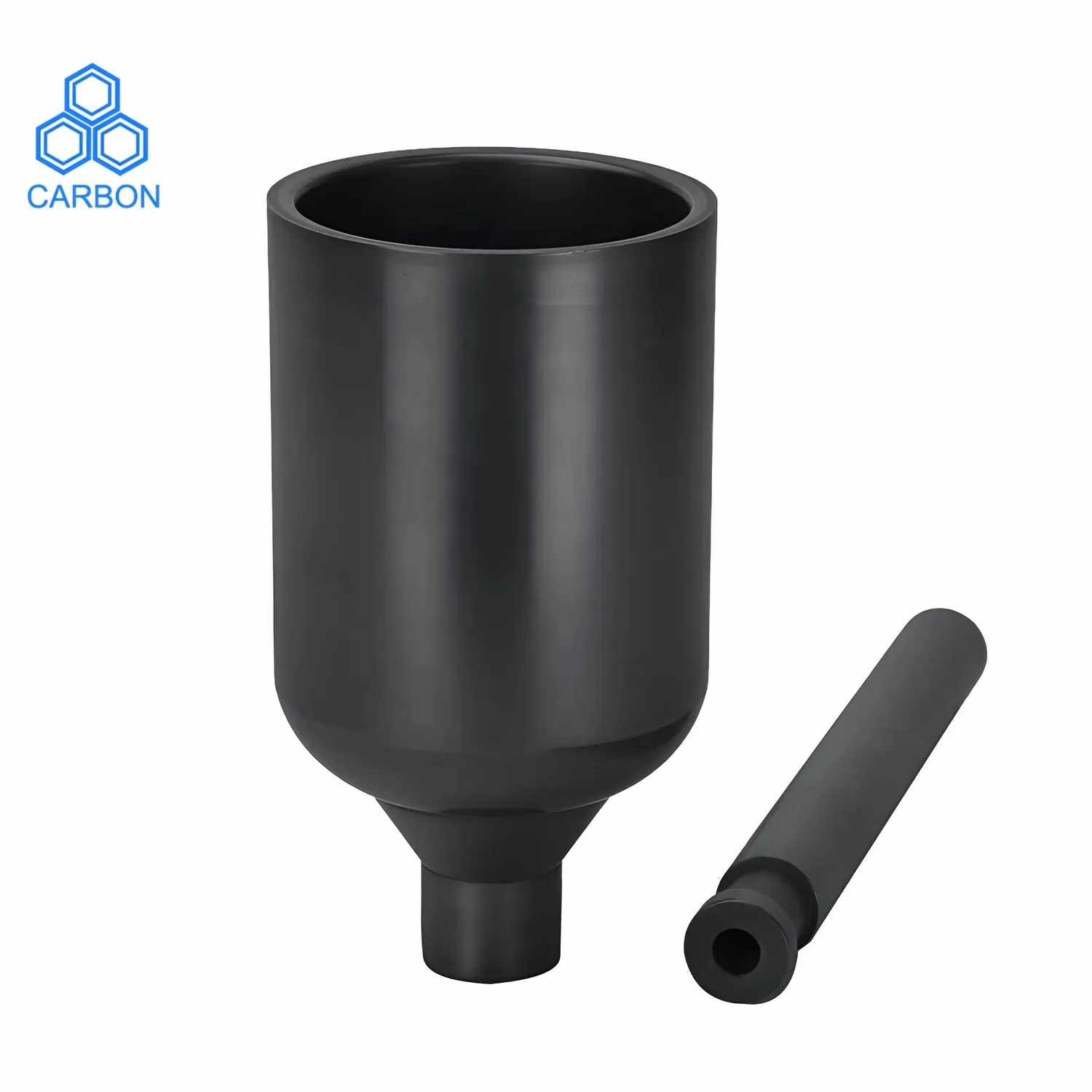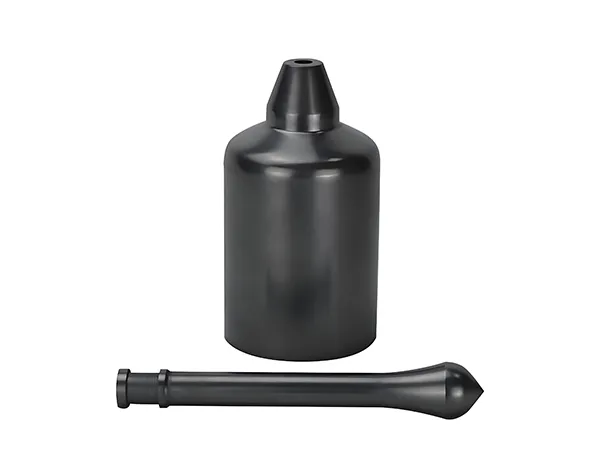Briquetadoras Son esenciales para comprimir diversas materias primas en forma compacta., briquetas manejables para un almacenamiento más fácil, transporte, y uso. Sin embargo, Un desafío operativo común es el atasco de las máquinas.. Una máquina briquetadora atascada puede interrumpir la producción, causar daños al equipo, y aumentar los costos de mantenimiento. Comprender las causas fundamentales de las interferencias, las señales de advertencia, y estrategias de prevención efectivas son cruciales para mantener operaciones de briquetas fluidas y eficientes..
¿Qué debo hacer si la briquetadora se atasca?
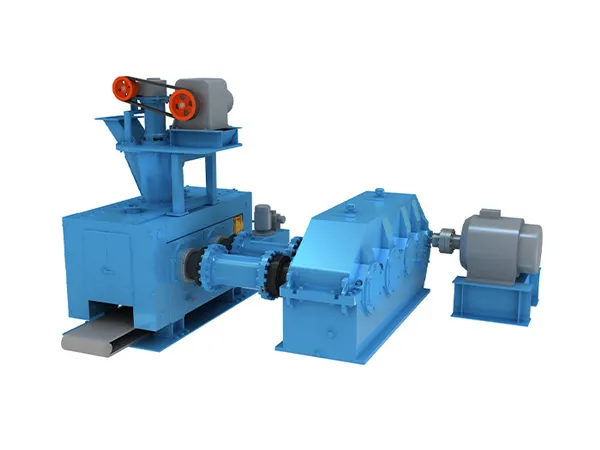
1. Medidas de seguridad inmediatas:
Detener la máquina: Apague inmediatamente la alimentación de la máquina briquetadora.. No intente eliminar el atasco mientras la máquina está funcionando..
Desconectar la potencia: Para mayor seguridad, Desenchufe la máquina de su fuente de alimentación.. Esto evita cualquier arranque accidental durante el proceso de compensación..
Espere a que se detenga por completo: Asegúrese de que todas las piezas móviles se hayan detenido por completo antes de intentar intervenir..
2. Identificar la causa del atasco:
Inspeccione cuidadosamente la máquina para comprender por qué se ha atascado.. Las causas comunes incluyen:
Bloqueo de material:
Material de gran tamaño: Trozos de materia prima que son demasiado grandes para pasar por la máquina..
Objetos extraños: rocas, piezas de metal, u otros residuos mezclados con la materia prima.
Material húmedo o pegajoso: El material con un contenido excesivo de humedad o una consistencia pegajosa puede aglutinarse y causar obstrucciones..
Tamaño del material inconsistente: Una amplia gama de tamaños de partículas a veces puede provocar puentes y atascos..
Problemas con la máquina:
Piezas desgastadas o dañadas: Un dado desgastado, tornillo transportador, u otros componentes internos pueden impedir el flujo de material.
Temperatura inadecuada: Si la máquina usa calor, Los ajustes de temperatura incorrectos pueden afectar el flujo del material y provocar que se pegue..
Lubricación insuficiente: La falta de lubricación puede aumentar la fricción y provocar atascos..
Sobrealimentación: Intentar procesar demasiado material a la vez puede sobrecargar la máquina..
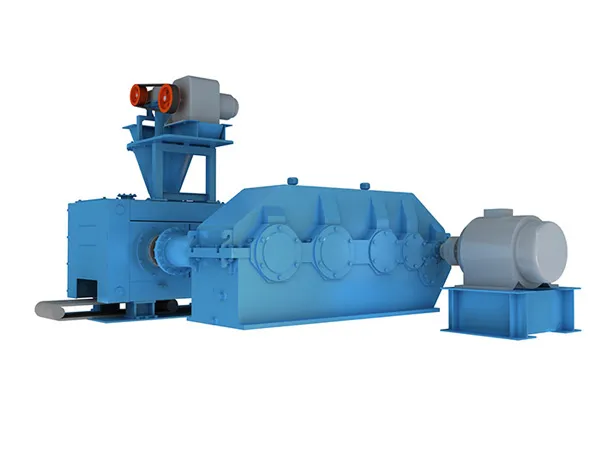
3. Cómo eliminar el atasco:
Consulte el manual de su máquina: El manual de su máquina de briquetas debe proporcionar instrucciones específicas sobre cómo eliminar atascos y solucionar problemas comunes.. Priorice siempre las recomendaciones del fabricante.
…
Puede hacer clic en información más detallada sobre qué hacer cuando la máquina briquetadora está atascada para visitar el: https://www.zymining.com/en/a/news/briquetting-machine-jam.html

